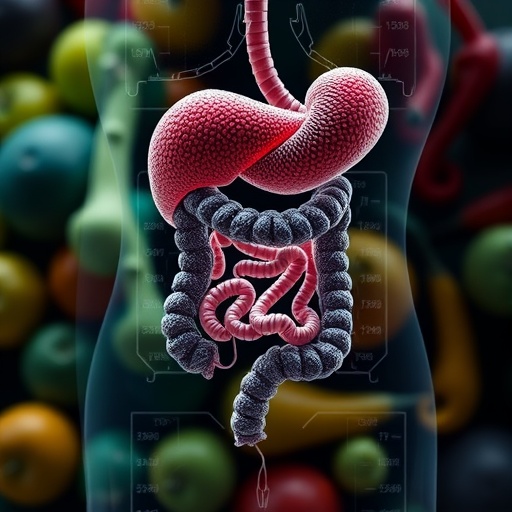(Boston)–Nepal is often heralded as a model of successful implementation and rapid scale-up of safe abortion services. Yet despite the legalization of the procedure in 2002, challenges continue to exist for women who want to obtain a safe, legal abortion.
In a new perspective piece in the Health and Human Rights Journal, researchers discuss where gaps in access, equity and quality of abortion services threaten the realization of reproductive rights.
Prior to 2002, Nepal had very restrictive abortion laws that prosecuted and imprisoned women and their family members for undergoing pregnancy terminations. Up to one-fifth of incarcerated women were convicted for abortion-related crimes. Government data from 1998 indicated 54 percent of gynecologic and obstetric hospital admissions were due to unsafe abortions. Data from one hospital-based study attributed more than half of maternal deaths during the one-year study period to abortion-related complications.
Fifteen years after legalization, safe abortion services are present in all 75 districts with more than 2,000 trained providers. "While the initial roll out appeared promising there have been delays in training additional providers and expanding services, specifically for second trimester abortions that were temporarily discontinued in 2015, in part due to controversial sex selective abortion cases, and only recently resumed," explained corresponding author Sheela Maru, MD, MPH, instructor in obstetrics and gynecology at Boston University School of Medicine (BUSM). The researchers believe it is critical to recognize that while abortion access and sex selection are two separate and independent issues, they are both manifestations of systems that perpetuate gender inequality.
Other gaps identified by the researchers as limiting access include few private pharmacies that legally dispense medical abortion medications and the need to increase the number of health care facilities equipped to treat women with long-acting contraceptive methods.
In addition to the costs associated with the procedure and the perceived stigma, Nepal's diverse terrain creates geographic barriers that make equitable distribution of services difficult. These physical obstacles to access may cause women in rural and remote areas to delay seeking services and present at later gestational ages.
According to the researchers, to promote equitable access as delineated by Nepal's progressive Supreme Court decision, safe abortion services should be safeguarded as a fundamental right. "To do so, policy makers will need to begin by including it as a part of the package of basic health care services, avoid creating a silo for abortion care, and integrate safe abortion services into the continuum of reproductive health care," added Maru who also directs the Section of Global Health at Boston Medical Center.
###
Wan-Ju Wu, MD, MPH, a Family Planning/Global Women's Health Fellow with "Possible in Nepal" and with Brigham and Women's Hospital, is the first author.
Media Contact
Gina DiGravio
[email protected]
617-638-8480
@BostonUNews
http://www.bmc.org
############
Story Source: Materials provided by Scienmag




